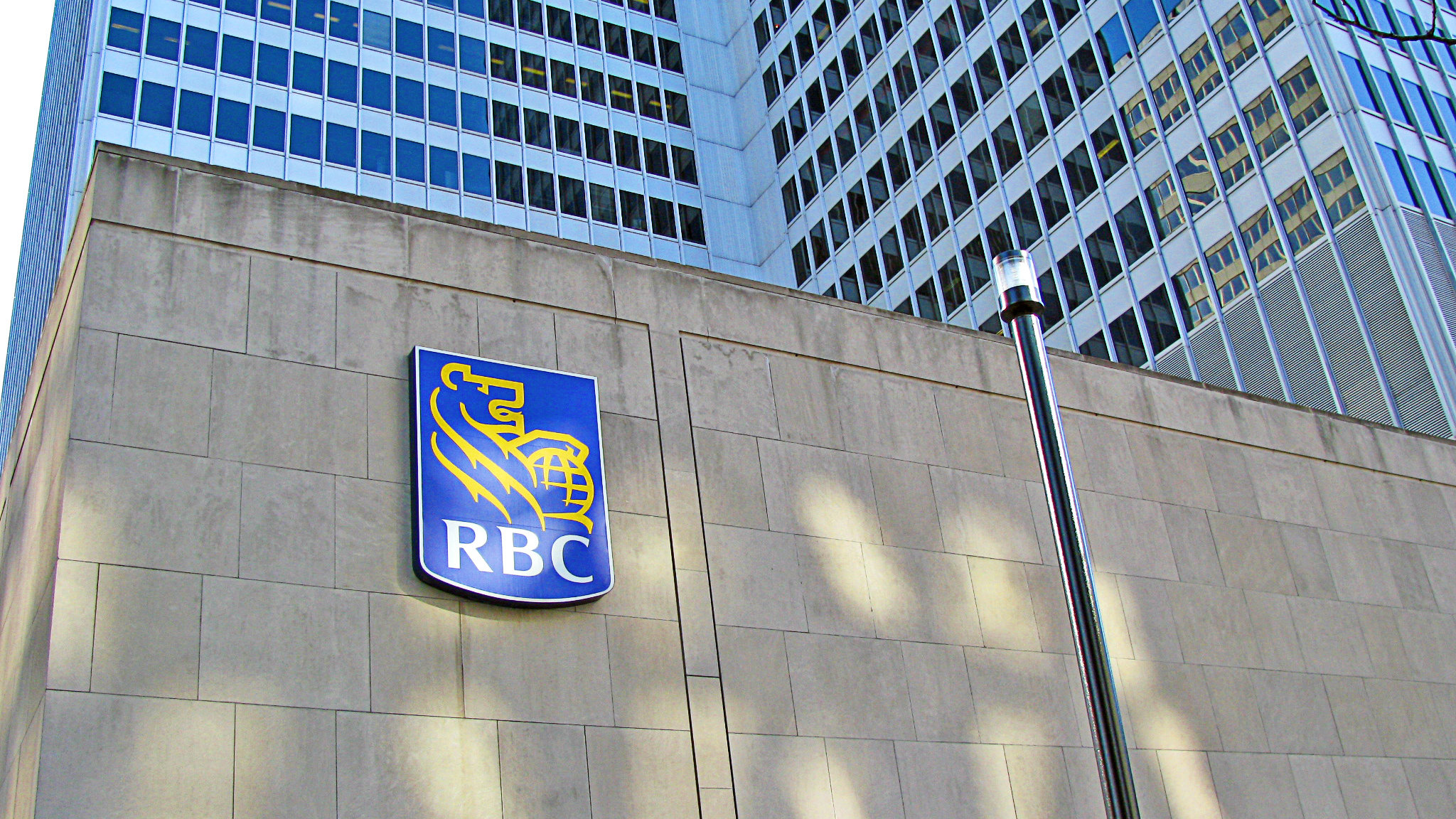Ten years ago, banks were at the epicentre of the financial crisis. I still remember exactly where I was when I heard, as I’m sure many of you do. I was at my desk at work when I heard one of the traders yell that Lehman was bankrupt.
It took me a while to grasp what I had just heard. The U.S. banking industry was brought to its knees, with Lehman Brothers failing, bailouts, and a destruction of confidence.
The Canadian banking system, however, emerged as an example to the world and sealed its spot as the strongest financial system. Here’s a look at how Royal Bank (TSX:RY)(NYSE:RY) has fared during the 10 years since the crisis.
Royal Bank is Canada’s largest bank by a small margin that has shrunk over the last few years, with assets of more than $1.3 trillion, market capitalization of approximately $150 billion, and the number one market share in many of its business lines, such as personal loans and mutual funds.
But the years immediately following the crisis were not easy.
In the fourth quarter of 2008, net income was $1,120 million, down 15% versus the prior year, and revenue was $5,069 million, down 10% from the prior year. The ROE of the bank went from almost 25% in 2007 to under 12% in 2009.
And while this was not good, it was amazing compared to the carnage that was going on with the banks in the U.S.
So, while Royal Bank stumbled, it is now a pillar of strength again. The bank’s tier one capital ratio has risen from 9% in 2008 to 12.3% in 2017, and its ROE has risen to more than 17% in 2017.
Accordingly, Royal Bank’s stock performance since it hit a low of $27.07 on February 16, 2009, is impressive, at 285%. And this does not include dividends, which have grown at a compound annual growth rate of 6.52% in the last 10 years.
Let’s take a closer look at some of the bank’s different business segments.
Many years ago, Royal Bank began to target wealth management as a growth area, and since 2009, the company’s revenue from its wealth segment has doubled to $30 billion in 2017.
The personal and commercial banking segment has remained the cornerstone of the bank, but management was looking to further diversify into higher-growth areas, such as wealth, as they saw big opportunity in the wealth management business as an aging population means more retirement services will be needed.
High-net-worth clients have been growing significantly, and Royal Bank has done well pursuing this business.
Going forward, key risks include the housing market and consumer indebtedness, but this dividend stock can be expected to keep on giving.








